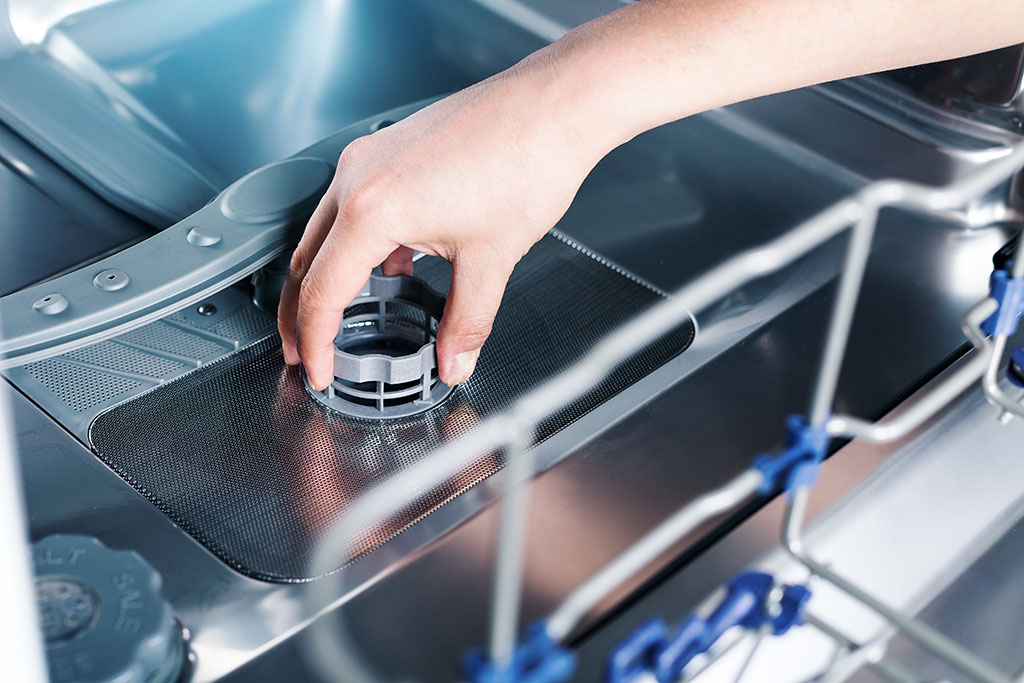

Real Estate, Cooking, Crafts, DIY More


One of the best ways to improve your household’s safety is to focus on preparation. If disaster strikes, your household could be without power and running water for an extended period of time. That’s why having an emergency kit filled with supplies is an essential home safety measure.
Remember, when packing your emergency kit, disasters can be different throughout the country. Depending on where you live, you could face flooding, blizzards, tornadoes, or hurricanes, so make sure you make your emergency kit personalized to your location.
Food and Water
During a crisis, you may not have access to basic necessities like clean water and food, so make sure you have a supply of these items available. According to the Red Cross, you should keep one gallon of water per person per day. You may also want to pack portable water filters designed to remove waterborne bacteria, parasites, and microplastics from water. When it comes to food, the Red Cross suggests keeping nonperishable, easy-to-prepare items handy. If you’re packing canned food, make sure you have a manual can opener in your emergency kit. You should have a three-day supply of both food and water for evacuation situations and a two-week supply for if you’re sheltering in place.
First-Aid Kit
A well-stocked first-aid kit can help you get through an emergency. You should regularly check your first-aid kit and replace any of the contents that have expired. You can buy a premade first-aid kit, or you can put one together yourself with the following items:
Other Basics
You should consider stocking up on several additional supplies that can help keep your household safe and sound. This list includes:
You never know what you’ll face in an emergency, so, depending on where you live, these items can be helpful to keep with your kit.
By taking some time to focus on preparation, you can help increase your chances of safely making it through a crisis.
You’ve just gotten the keys to your new home. You already know when you’ll have your first dinner party, what you’ll do for flowers in the garden, and where you’re going to hang that perfect picture.
However, you should also take some time to meet your new home home and find out how it all works. Your ability to learn about your home will keep you from getting caught off guard should a problem come up. The quicker you can solve an issue can be the difference between an oops moment and an insurance claim.

Water Shut Off Valve
In a plumbing emergency, you’ll want to know how to quickly find this valve and turn it off; burst pipes and major leaks will require a speedy response to prevent damage to your house. Check for it in the basement first or near your hot water tank if you don’t have a basement.
Gas Shut Off Valve
If your appliances are supplied by natural gas, it’s crucial that you know where your main gas supply is located. In a single-family house, you can usually find it on the side or back of the house, by the gas meter.
Electrical Panel
Take a bit of time and label your circuits according to the room they are attached to in your home. This will save you energy and frustration should an outlet in your home stop working, you can go to the panel and try to reset that breaker before calling an electrician.

Appliances
Look over your various appliances and their manuals to make sure they’re in good shape and you know how to use them, especially if you are inheriting appliances as they may need servicing sooner. For your refrigerator, ensure the condenser coils are clean and free of dust. Dishwashers often have a filter at the bottom that should be cleaned regularly. You should also empty your dryer lint trap after every load. You should also have the vent from the dryer to the outside of your home cleaned out annually, for safety.
Light Fixtures
Whether it is recessed lighting, an entry hall chandelier, oven light or your sconces – having extra bulbs on hand is always a great idea. Take a minute and look around and make a list of bulbs you need. Have a place in your home to store the bulbs and replace as needed.

Smoke Detectors
The National Fire Protection Association suggests placing a smoke alarm inside each bedroom, outside each sleeping area, and on each level of your home. Make sure to install them at least ten feet from a cooking appliance to reduce the possibility of a false alarm when you get a little overzealous with your cooking. If smoke alarms are already installed in your home, check their expiration dates and test them to confirm they are working properly. Do they have a battery? Make sure you have these on hand, nothing is more annoying that that beep every 20 seconds when the battery needs replaced.
Fireplace
When the temperature drops and the nights get chilly, there is nothing like a cozy fire to snuggle up in front of. But cozy can quickly turn to a smoke fest if proper precautions are not taken. If it’s been over a year since your fireplace’s last inspection, schedule one to check that everything is in working order. Also, learn how to open and close the flue to make sure the smoke goes up and out the chimney properly.
Buried Utilities
Whether it is water lines, electricity, cable or something else – it is important to know where you can dig and cannot dig. There is a service, in most states, that will come out and mark these utilities for you, at no charge, simply by calling 811.
Property Lines
Do not think that your local GIS will show you the accurate property lines. They have a disclaimer on their site stating it isn’t 100% accurate. The truly know where your property ends and your neighbors yard begins is by getting a survey. Having a survey done during your purchase also gives an additional layer to your title insurance.